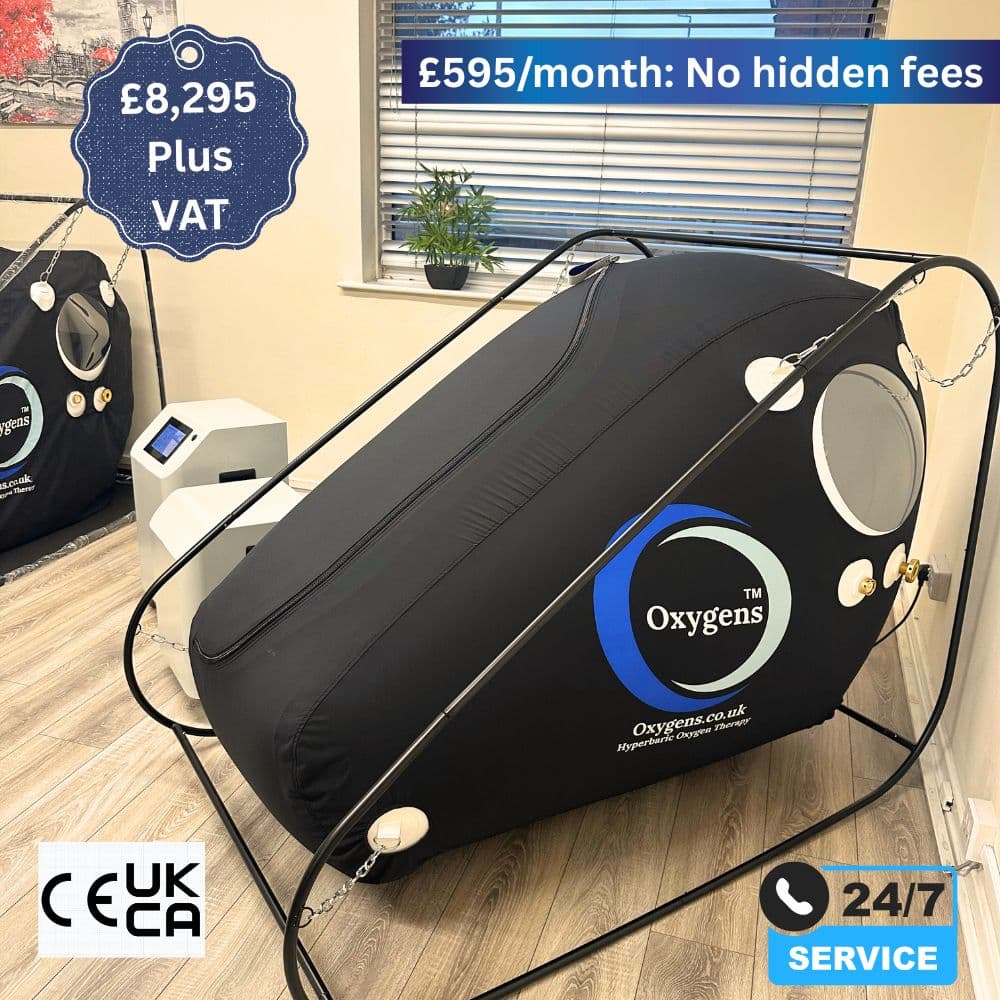How Combining HBOT with Natural Compounds Like Quercetin Could Revolutionize Diabetic Wound Healing
Modeling treatment of diabetic wounds with oxygen therapy and senolytic drug | Scientific Reports
At Oxygens, we’re always looking at the latest research to better understand how hyperbaric oxygen therapy (HBOT) can be optimized to help people heal faster and live better. A recent scientific study offers exciting insights—especially for patients with diabetic wounds, a notoriously difficult condition to treat.
Diabetic Wounds: A Growing Challenge
Diabetic wounds, particularly in patients with type 2 diabetes, are more than just persistent—they’re often resistant to healing due to poor blood flow and chronic inflammation. These wounds are not only painful and frustrating but can also lead to serious complications, including amputation.
HBOT has long been a go-to treatment in these cases. By delivering 100% oxygen at elevated pressures, HBOT increases oxygen availability in damaged tissues, boosts immune response, and promotes new blood vessel formation. But as promising as HBOT is, it’s not equally effective for everyone—especially among the aging population.
The Aging Connection: Why Wounds Heal Slower
Recent research has focused on a lesser-known barrier to wound healing: senescent cells. These are aging cells that no longer divide or function properly but still linger in the body, releasing harmful signals that disrupt tissue repair.
Aging also affects fibroblasts—the cells responsible for building and repairing connective tissue—as well as the production of VEGF, a protein crucial for forming new blood vessels. Both these factors are key in wound recovery, and their decline with age explains why some patients respond better to HBOT than others.
A New Approach: HBOT + Quercetin
Here’s where it gets interesting: Scientists have developed a mathematical model that represents biological aging with two key parameters—fibroblast activity and VEGF production. This model can predict how well a person is likely to respond to HBOT.
Even more exciting? The study shows that combining HBOT with quercetin, a natural plant compound known for its senolytic (senescent cell-clearing) properties, significantly expands the number of patients who could benefit from therapy.
In simulations, patients who wouldn’t normally heal within the expected timeframe with HBOT alone showed successful wound closure when quercetin was added to the regimen. This combination therapy holds promise for extending the benefits of HBOT to a broader, aging population.
What This Means for the Future of Wound Care
At Oxygens, we believe this research paves the way for more personalized wound healing strategies. While the model still needs to be translated into clinical tools—by linking the aging parameters to measurable biological markers—the direction is clear: HBOT’s impact could be enhanced significantly when paired with targeted, senescence-clearing therapies.
The Oxygens Difference
Whether you’re a healthcare provider, clinic, or individual, Oxygens provides advanced HBOT chambers for hire, purchase, and therapeutic use. We stay at the forefront of HBOT research to ensure our clients benefit from the most current and effective practices in hyperbaric therapy.
If you’re managing chronic wounds—especially in aging or diabetic patients—talk to us today about how HBOT could be part of a more effective, science-backed solution.
Get in touch with Oxygens to learn more about our HBOT solutions and how they can be tailored to meet your needs.

